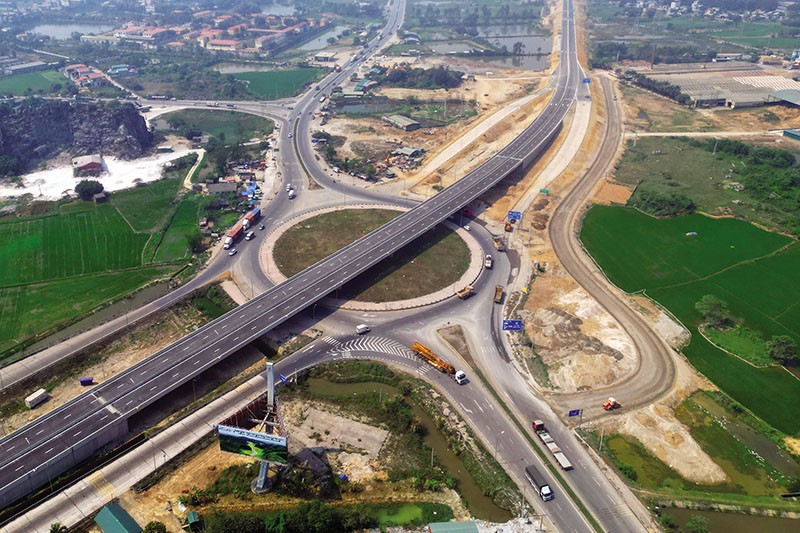 |
| Accelerating public investment disbursement creates great momentum for growth. |
On September 30, the Asian Development Bank (ADB) released the Asian Development Outlook September 2025 (ADO).
ADB experts assessed that the wave of increased exports before the US applied new tariffs and the Government's support policies boosted Vietnam's economic growth in the first half of 2025. However, growth is forecast to slow down in the rest of the year due to the impact of reciprocal tariffs effective from August 7, 2025. Although the domestic economy remains stable, growth is expected to slow down compared to the strong breakthrough in the first half of 2025.
Mr. Shantanu Chakraborty, ADB Country Director for Vietnam, said that ADB has adjusted its 2025 GDP growth forecast for Vietnam, raising it to 6.7% compared to the previous forecast thanks to solid domestic demand.
Regarding monetary policy, the State Bank of Vietnam maintains an accommodative monetary policy. Accordingly, the State Bank has kept the operating interest rate unchanged at 4.5% since 2023, while maintaining abundant liquidity in the open market. As of the end of August 2025, credit has increased by 11.8% compared to the end of 2024 and by 19.9% compared to the same period last year, thereby increasing the need for capital mobilization. ADB forecasts that credit will reach or exceed the 16% annual target by the end of 2025, but warns about asset quality and forecasts that bad debts will increase in the short term.
“Better coordination between effective implementation of fiscal and monetary policies will help avoid excessive pressure on monetary instruments and ensure macroeconomic and financial stability. In the longer term, comprehensive regulatory reforms need to address structural challenges, such as ensuring climate resilience, promoting private sector competitiveness, improving the efficiency of state-owned enterprises, modernizing the tax system and digital transformation. These are key elements for a more balanced growth model,” said Mr. Shantanu Chakraborty.
The ADB expert noted that the US reciprocal tariffs on Vietnam of 20% on imports and 40% on transit goods pose risks of a short-term slowdown in economic growth. Over the rest of the year, these tariffs are expected to impact trade and investment, highlighting the urgency of structural reforms to promote a more balanced growth model, supported by stronger domestic demand and more diversified export markets to mitigate tariff-related shocks.
In terms of inflation, ADB forecasts it will reach 3.9% in 2025 and decline slightly to 3.8% in 2026. Lower global energy prices have contributed to reducing transportation costs, which account for a significant proportion of the consumer goods basket.
“With a favorable fiscal position, the Government can apply measures to stimulate growth through targeted tax cuts, reducing compliance costs for businesses and increasing social spending for low-income households. A combination of structural reforms to improve the business environment and labor productivity will have the most impact,” the ADB report stressed.
While maintaining a positive outlook for Vietnam in 2025-2026, the report also highlights a number of risks stemming from both global uncertainties and domestic factors.
If the global economic environment worsens more than expected due to slower growth in major trading partners and increased financial market volatility, the challenges for the economy will increase. Domestically, although public investment reforms have yielded initial results, increased financial risks and delays in policy coordination could limit the effectiveness of growth stimulus measures...
Before ADB, some international organizations also predicted that Vietnam's growth this year would be around 6.5%, but many domestic experts still believe that the Government's growth target of 8.3-8.5% this year is completely achievable.
According to Dr. Can Van Luc, Chief Economist of BIDV, if Vietnam can disburse the entire public investment capital plan assigned by the Prime Minister in 2025, GDP growth could improve by an additional 1.8 to 2 percentage points. According to Dr. Can Van Luc, this is a positive factor, but it has not yet been fully reflected in the forecasts of international organizations, causing international organizations to continue to forecast Vietnam's GDP growth at a relatively cautious level, not fully reflecting the growth potential from public investment.
In addition, Vietnam is actively removing difficulties for about 3,000 backlogged projects with a total scale of 6 million billion VND. If only 10% of these projects are released each year, the economy will have an additional 600,000 billion VND released each year, adding more room to promote growth.
Source: https://baodautu.vn/vi-sao-chuyen-gia-trong-nuoc-van-tin-tang-truong-kinh-te-tren-8-d397770.html







![[Photo] Binh Trieu 1 Bridge has been completed, raised by 1.1m, and will open to traffic at the end of November.](https://vphoto.vietnam.vn/thumb/1200x675/vietnam/resource/IMAGE/2025/10/2/a6549e2a3b5848a1ba76a1ded6141fae)


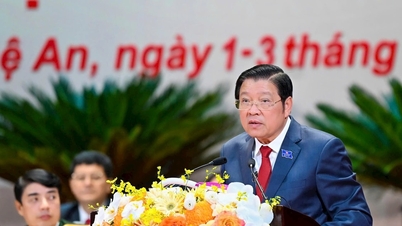
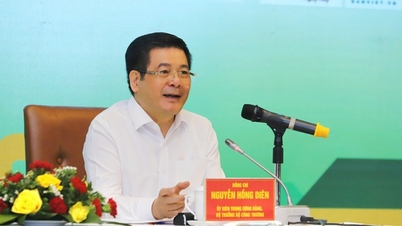

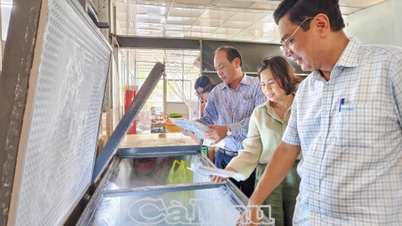





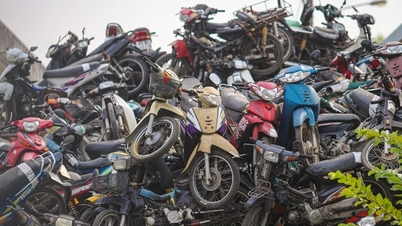



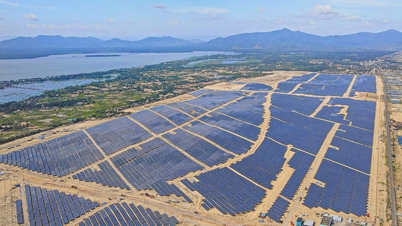

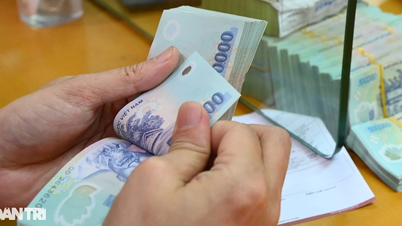













































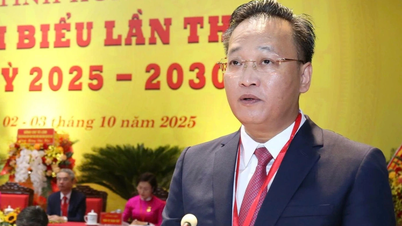







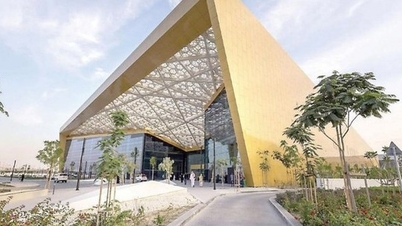
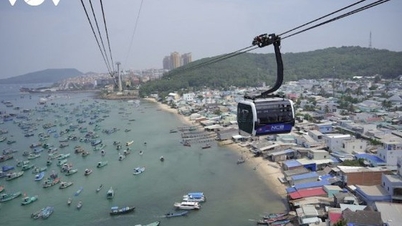









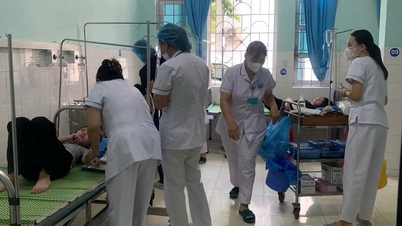












Comment (0)